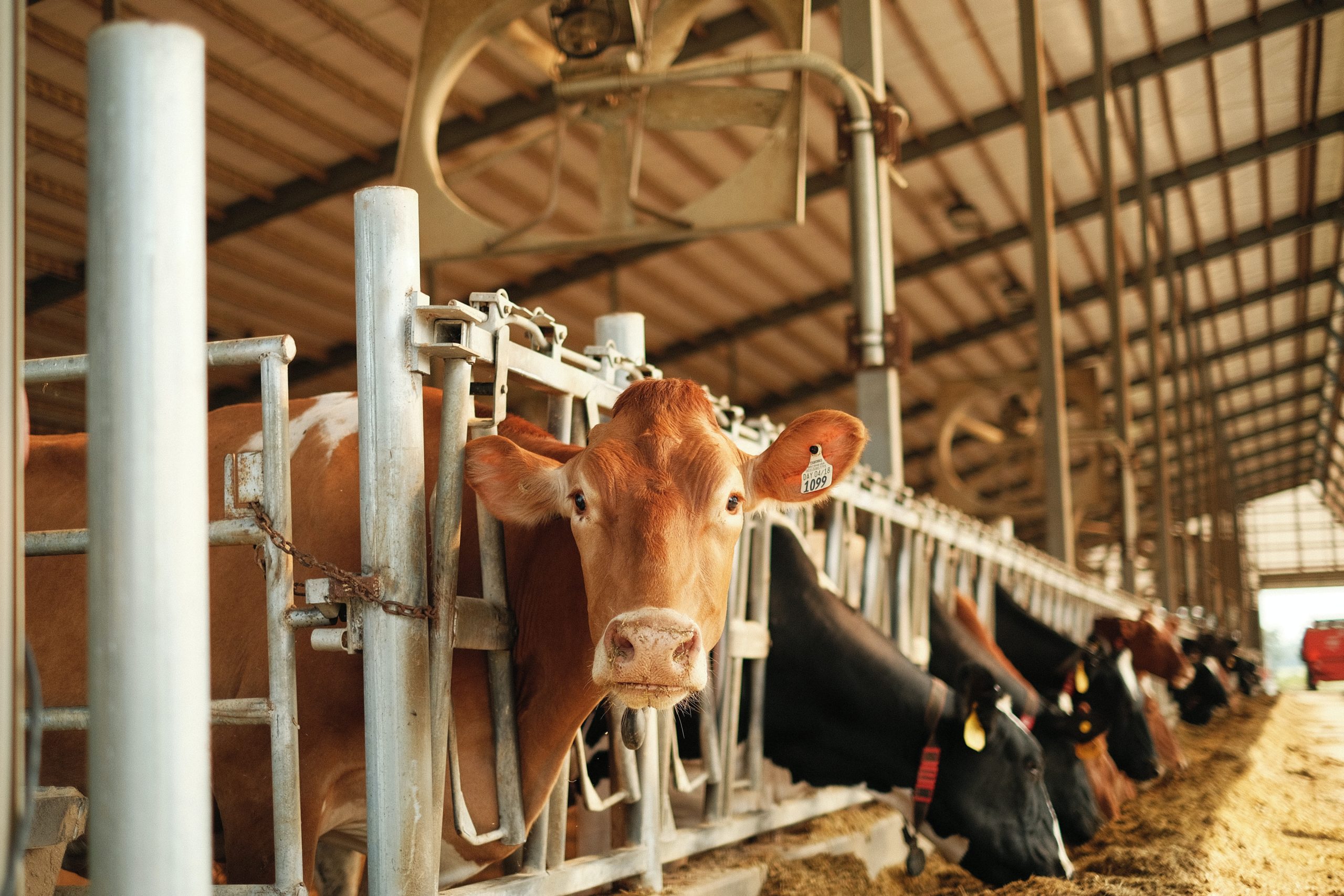From Billions in Subsidies To Disinformation, Here’s How Big Meat and Dairy Are Attacking The Alt Protein Industry
6 Mins Read
In the EU and the US, livestock farming receives about 1,000 times more funding than plant-based and cultivated meat, with the “gigantic” power of the animal agriculture industry blocking the development of sustainable proteins, finds a new study. The money meat producers spend on lobbying governments is 190 times higher than alt-meat in the US, and three times as high in the EU.
The research analyses subsidies and policies to show how the meat and dairy lobby is stifling the alternative protein sector, which has a much smaller environmental footprint. According to one estimate, livestock production causes 15% of all global greenhouse gas emissions.
And a landmark Nature Food study in July revealed that vegan diets – which include plant-based meat and dairy alternatives – can cut carbon emissions by 70% compared to those heavy on conventional meat and dairy.
The public funding gap
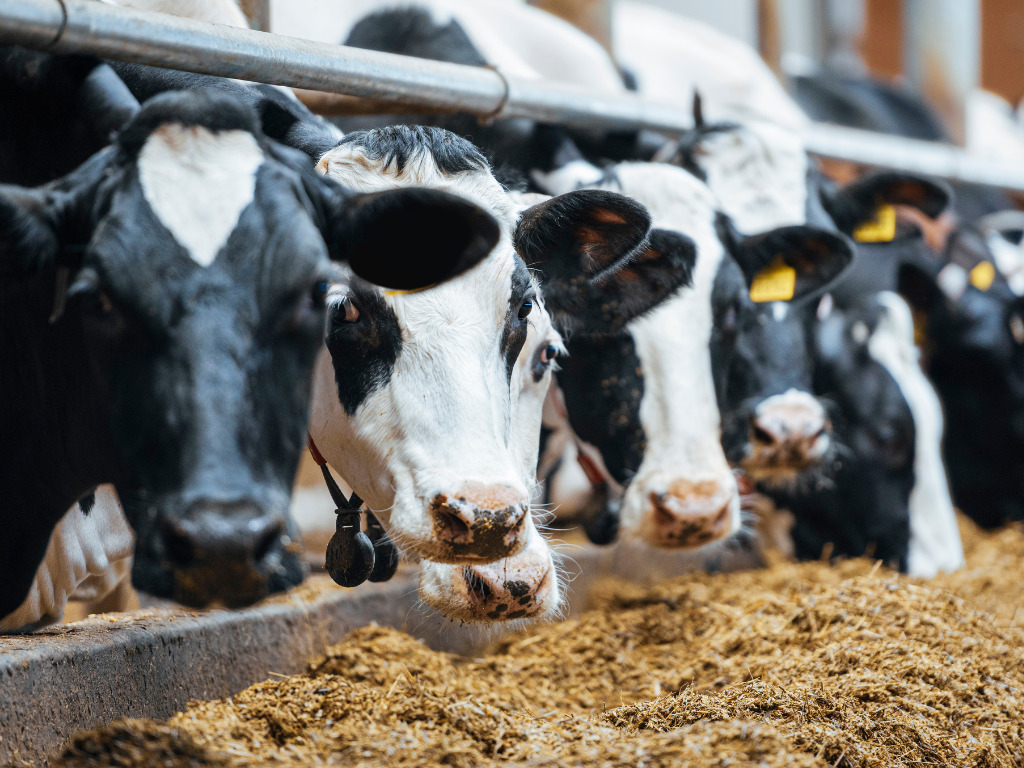
The Stanford University study, published in the One Earth journal, revealed that livestock farmers get 1,200 times more public funding in the EU than meat alternative companies, and 800 times more in the US. Public money spent on plant-based meat was at $42M between 2014-20 – just 0.1% of the $35B spent on meat and dairy. During this time, the former accounted for only 1.5% of all sales.
According to alt protein think tank the Good Food Institute (GFI), Europe led the world in terms of public funding for cultivated meat, with countries announcing financing in research and development for cultured meat, and the EU’s own core innovation and research funding programme highlighting cultivated meat and seafood as one of its three core pillars, setting aside around €7M for this sector.
There were similar developments in the US. The US Department of Agriculture awarded a $10M grant in 2021 to Tufts University to build the National Institute for Cellular Agriculture. And the Biden administration introduced a biotech programme that includes finances for “foods made with cultured animal cells”, while California allocated $5M for alt-protein research in its state budget.
The EU also supported two major research initiatives into the development of plant-based products in 2022, with a combined investment of €23.2M, according to GFI. And the US government performed and funded research on plant-based proteins through the USDA’s National Institute of Food and Agriculture, with projects in three universities. California, meanwhile, set aside $100M to expand vegan and sustainable lunches in public schools.
Despite this rise in public funding, the numbers pale in comparison to what the animal agriculture industry received. The Stanford study shows that 97% of all research and innovation spending went to animal farmers, aimed at improving production. In the EU itself, cattle farmers received at least 50% of their income through direct subsidies.
“We found that the amazing obstacles to the upscaling of the alternative technologies relate to public policies that still massively fund the incumbent system, when we know it’s really part of the problem in terms of climate change, biodiversity loss and some health issues,” says Professor Eric Lambin, the study’s co-author.
The labelling debate
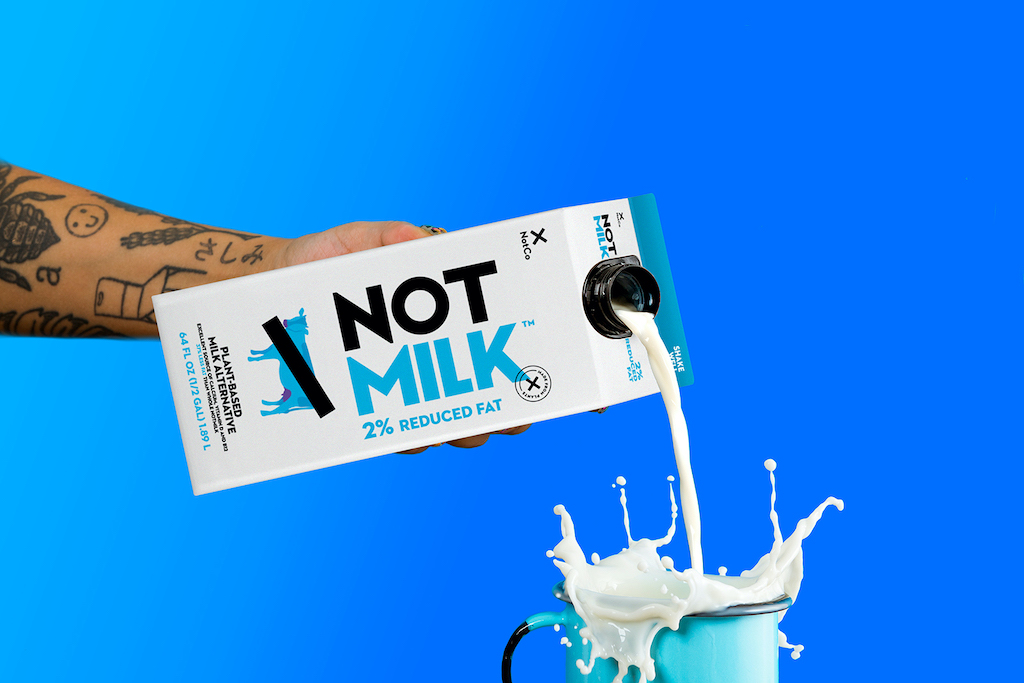
The study also revealed that labelling regulations contributed to this gap, finding that almost all dietary guidelines avoided highlighting the climate impact of meat production, as well as spotlighted restrictions on alternative products using terms such as ‘milk’.
In the EU, terms like ‘milk’ and ‘cheese’ for dairy alternatives have been banned since 2017, while an ongoing proposal in the US could prohibit the sale of alt-meat unless products are labelled as ‘imitations’. Similarly, proposed guidance by the FDA on the labelling of plant-based milk has sparked widespread debate, with the dairy industry calling on the body to double down on restrictions and the plant-based sector roundly criticising the draft guidance.
Labelling conventions influence national dietary guidelines, which are the bedrock of the meals served in public institutions like schools, hospitals, government houses and prisons. The study found that there were no mentions of the environmental impacts of meat and dairy in US dietary guidelines, with only four of the EU’s 27 member states noting the climate footprint of these foods.
“Dietary guidelines are shaped with a strong influence from industry representatives,” says Lambin. “However, the Nordic country guidelines have just been rewritten and for the first time clearly promote a mostly plant-based diet.”
The unfavourable narrative: disinformation campaigns and more
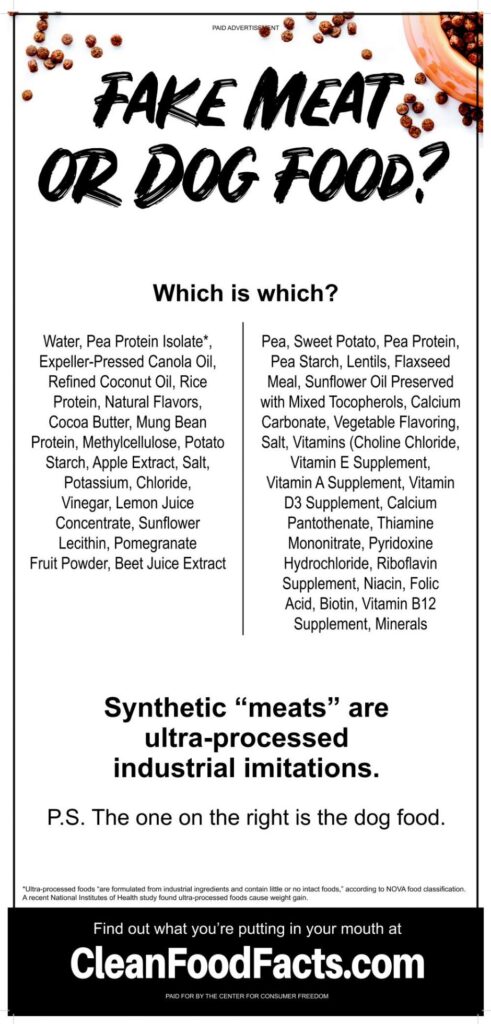
The meat industry lobby has spent years creating coordinated ads targeting plant-based companies, especially in the US. Industry giants Beyond Meat and Impossible have been at the centre of these attacks, run by the Center for Consumer Freedom (CCF) since 2019.
One commercial pits vegan meat against dog food, with a side-by-side comparison of the ingredient lists asking consumers to guess which is which. A Super Bowl ad, meanwhile, featured Spelling Bee participants struggling with words like methylcellulose and propylene glycol (which the CCF claimed were “chemicals” used for “synthetic meats”). “If you can’t spell it or pronounce it,” concluded the advert, “maybe you shouldn’t be eating it.”
Beyond and Impossible have both responded to these ads in their own manners – with the former using the scalpel and the latter preferring the hammer. These attack campaigns have extended to social media, appearing across what Fast Company calls the internet’s “clean eating, raw food, and carnivore communities, on Ag Twitter, and among right-wing media hosts”.
Similarly, the US beef industry’s main lobby group has created an online training course that peddles misleading (but scientific-sounding) narratives about the sustainability of the sector – despite beef being the most carbon-intensive food on the planet. It’s initiatives like this that outline why 40% of Americans don’t believe eating less red meat will reduce their carbon emissions.
Meanwhile, in response to the FDA’s draft alt-milk labelling guidance, the Plant Based Foods Association launched an assessment that found some of the reports the FDA was basing its proposals on were funded by the dairy industry, hence skewing the results and introducing an element of “confirmation bias”.
Additionally, this narrative is also present across media reporting. One study by Faunalytics and Sentient Media found that 93% of climate reporting across mainstream media outlets doesn’t mention animal agriculture at all.
All the above highlights just how influential the animal agriculture industry really is, both in forming public opinion and informing public policy. “The power of the animal farming sector, both in the US and in Europe, and the political influence they have is just gigantic,” explains Lambin. “It’s clear that powerful vested interests have exerted political influence to maintain the animal-farming system status quo.”
The policy shifts
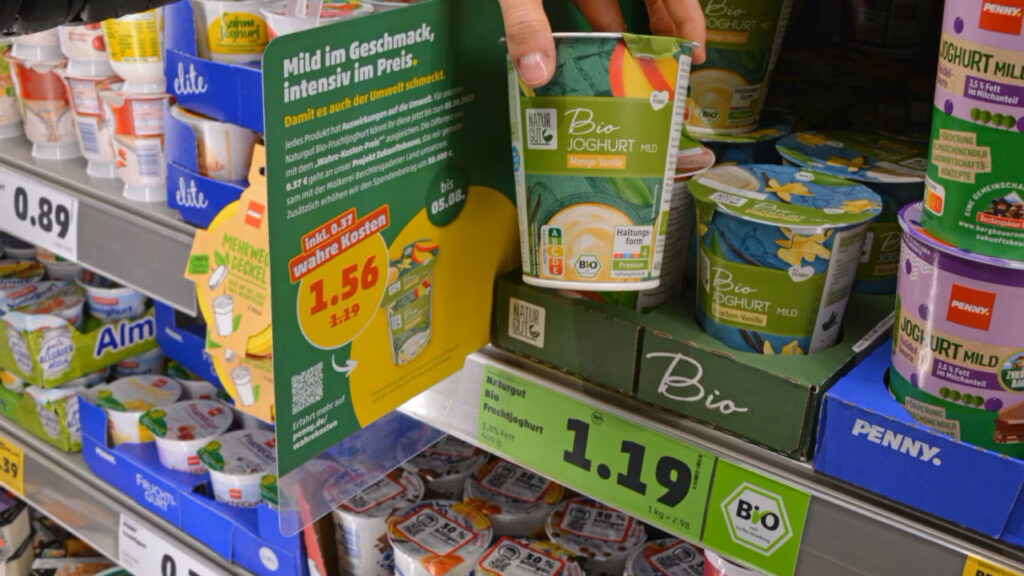
Lambin adds that a significant policy shift is required to reduce the food system’s impact on climate, land use and biodiversity. Tackling this issue would need government policies that ensured meat and dairy prices reflect their true environmental cost – German retailer Penny trialled such costs at all its locations last month. This could be done via meat taxes, increased alt-protein research, and better-informed consumers.
“It’s not a level playing field at all at the moment,” says Lambin. “The [alt-protein] sector needs to be given its chance to expand and gain efficiency. After that, consumers will judge whether they like it or not, and scientists will judge whether it is really better for the environment and for health. But if it cannot even develop to a scale where we can make this assessment, it will be a lost opportunity to transition to a sustainable food system.“
The way the scales are currently balanced, it would almost seem the alt-protein industry doesn’t stand a chance. But there is hope, according to Lambin, who points to the EU’s proposal to accelerate the shift to sustainable proteins (to be adopted later this year), as well as the US’s landmark regulatory approval for the sales of cultivated meat.
And looking directly at subsidies, the EU Commission last year approved a European Citizens’ Initiative calling for the meat and dairy industry subsidies to instead be passed on to the plant-based and cultivated protein sectors.


